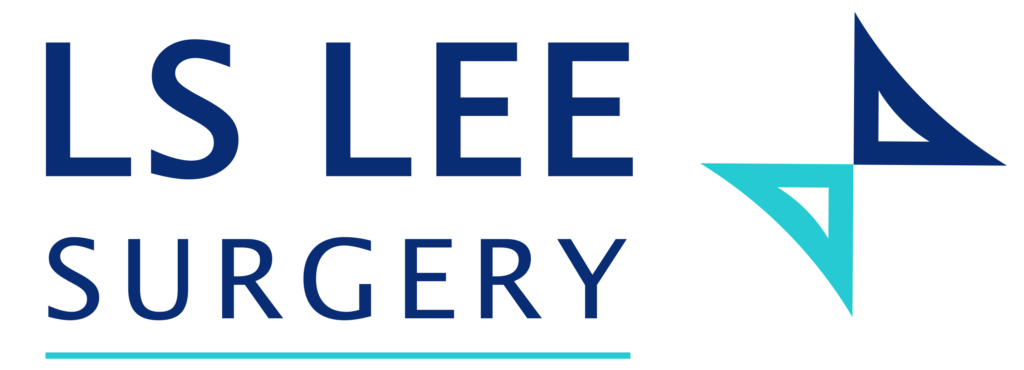Gallbladder surgery, whether performed through traditional open methods or minimally invasive laparoscopic techniques, can provide relief from painful gallbladder issues. But what should you expect after the operation? Recovery is a crucial part of the journey, and understanding what lies ahead can significantly impact your comfort and ability to return to your daily life. If you’re getting ready for or recovering from gallbladder surgery, here’s what you need to know for a smooth recovery.
What to Expect After Gallbladder Surgery
Immediately following the surgery, you may feel some discomfort, fatigue, and bloating. This is entirely normal. Your body requires time to adjust, particularly if your gallbladder was removed using laparoscopic methods. Most patients can go home the same day or within 24 hours, but complete recovery may take a few weeks.
Essential Recovery Tips
1. Take It Easy and Rest
Your body needs time to heal, so avoid rushing back into your usual activities. Rest for the first few days and steer clear of any strenuous movements that could strain your abdomen.
2. Manage Pain Effectively
Mild to moderate pain is common after surgery. Your doctor may prescribe pain relief medication, but over-the-counter options like paracetamol or ibuprofen can also be effective. Always adhere to your doctor’s recommendations regarding pain management.
3. Ease Back Into Eating
Your digestive system will need time to adapt to functioning without a gallbladder. Start with light, low-fat foods and gradually incorporate more fibrous and richer options as your body adjusts. Common suggestions include:
- Plain rice or toast
- Boiled or steamed vegetables
- Lean proteins such as chicken or fish
- Staying hydrated with plenty of fluids
4. Watch for Digestive Changes
Some individuals may experience temporary diarrhoea or bloating after gallbladder removal. Eating smaller, more frequent meals instead of large portions can help ease digestion and minimise discomfort.
5. Keep Moving (Gently!)
While rest is important, engaging in light activities like short walks can help prevent blood clots and enhance circulation. Steer clear of heavy lifting or intense exercise for at least a few weeks.
6. Care for Your Incisions
If you underwent laparoscopic surgery, you’ll have small incisions that need to stay clean and dry. Adhere to your doctor’s guidelines on wound care to avoid infection. If you notice any redness, swelling, or unusual discharge, seek medical help right away.
7. Listen to Your Body
Everyone recovers at their own pace, so be mindful of how you feel. If something feels off—like ongoing pain, nausea, or fever—don’t hesitate to contact your doctor.
When Can You Return to Normal Activities?
- Work: Depending on your occupation, you might be able to return within a week for desk jobs, but physically demanding roles may need more time off.
- Exercise: You can start light walking soon after surgery, but hold off on intense workouts for at least 4-6 weeks.
- Driving: Only get back behind the wheel once you’re no longer on strong pain medication and feel comfortable moving without discomfort.
When to Seek Medical Help
Although complications are uncommon, be alert for signs that need medical attention, such as:
- Severe abdominal pain that doesn’t get better
- Ongoing nausea or vomiting
- High fever or chills
- Jaundice (yellowing of the skin or eyes)
Recover with Guidance
Recovering from gallbladder surgery doesn’t have to be daunting. By following these straightforward steps and tuning into your body, you can smoothly transition back to health. If you have any concerns about your recovery, LS Lee Surgery is ready to provide personalised care and support. Schedule a consultation today to ensure a safe and effective recovery.







